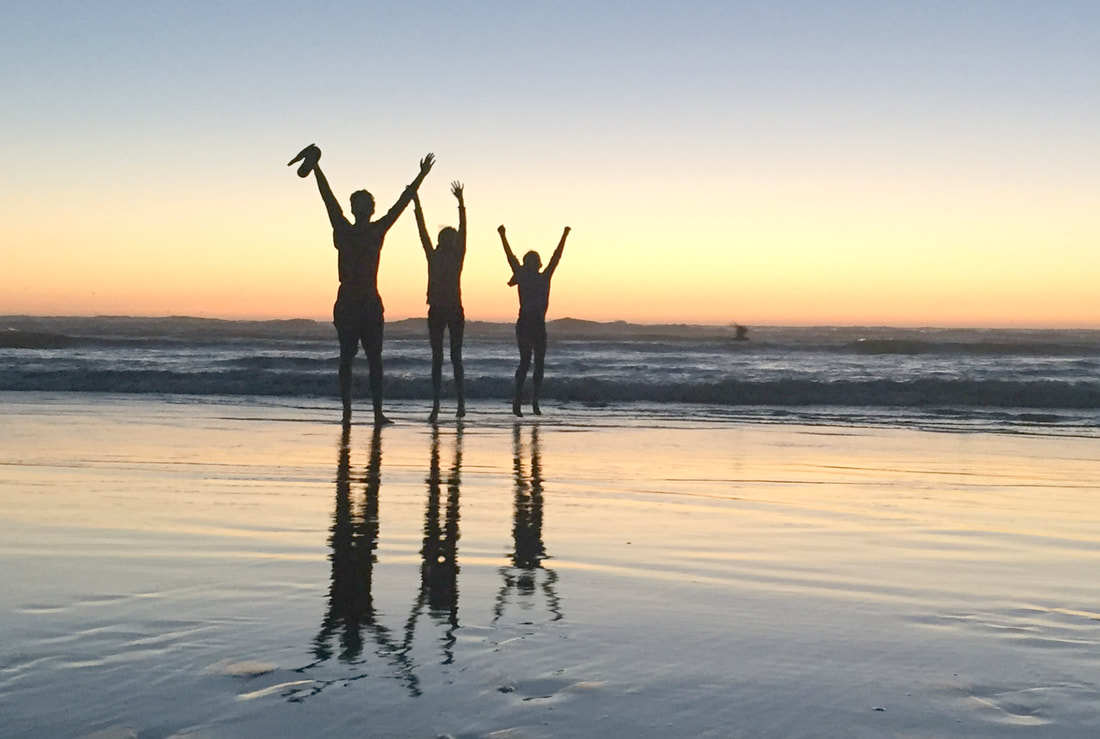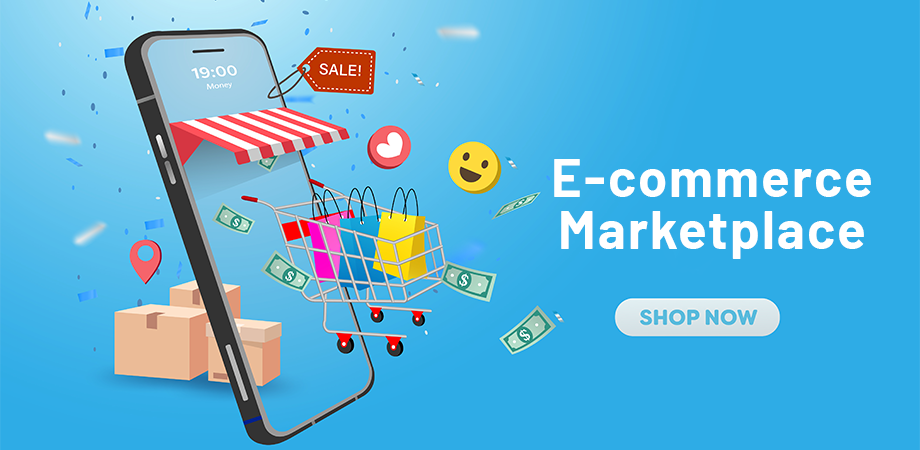 Millennials, also known as Generation Y, are consumers born between the early-1980s to early 2000s, who will be key for the post-pandemic recovery for the travel and hospitality industry during the third year of the Covid-19 pandemic. According to the World Economic Forum, “there are approximately 1.8 billion millennials around the world, or 23 percent of the global population.” Millennials are savvy consumers with the disposable income to transform ordinary brands into global phenomena. “In North America, millennials are projected to see a 10 percent increase in spending by 2025,” according to World Economic Forum. Allen Marketing Communications, Inc., a boutique travel and lifestyle public relations agency based in New York City shares insights about key trends as it pertains to Millennials. Travel After nearly two and half years of lockdown, Millennials are making a list and checking off their bucket list destinations once again. Travel marketers view this demographic as key to the post-travel recovery since this population has the disposable income to splurge on the once in a lifetime vacation. “High-income millennials are set to drive the post-pandemic travel boom, according to a new survey from Accenture and TripAdvisor that polled 1,000 Americans. It defined millennial high earners as those raking in at least $100,000 a year. This cohort is most likely to spend big on travel this year, comprising the highest rate of luxury bookings (trips costing at least $5,000) among all other generations surveyed,” according to Business Insider. An interesting fact about this generation – Millennials will use a travel advisor to create a memory of a lifetime with their next adventure. Food and Beverage The Covid-19 pandemic has sparked a trend – meals to go kits – customers purchase ingredients from restaurants and then assemble and prepare the dishes at home. This trend is here to stay. National Restaurant Association reveals “Millennials and Gen Z’s also hunger for make-at-home meal kits that contain pre-measured ingredients, along with cooking instructions. Eight in 10 of them are inclined to purchase a meal kit if offered by one of their favorite restaurants, compared with 47 percent of Gen Xers and 33 percent of Baby Boomers.” Another trend that has emerged during the pandemic – batched cocktails to go. Batched cocktails to go have been a lifeline for many restaurants, providing a desperately new source of revenue during the shutdown. Research shows, “62 percent of millennials say the option of including alcohol with a takeout or delivery order would make them more inclined to choose one restaurant over another similar restaurant,” according to the National Restaurant Association. Despite the meal prep kits and batched cocktails to go, Millennials are still eating out at restaurants, often experimenting with new cuisines. Social Media Instagram is turning out to be “InstaPassports'' for the travel industry and “InstaPurchases” for consumer products. Millennials are very comfortable with social media and it is important to identify the appropriate channel – Facebook, Instagram, SnapChat, Pinterest, and YouTube – to reach these influential customers. According to TNMT, “87percent of millennials said they use social media for travel inspiration. This inspiration is often collected on smartphones in idle moments, like during commuting (69 percent), or while eating (56 percent), as determined in a study from Google and Ipsos. It is important to post stunning photos on your social media platform to attract this generation. However, research is showing that video content will inspire online bookings from Millennials. Savvy marketers should integrate online payment options on their social media platforms to facilitate the direct bookings from Millennials. Our travel and lifestyle NYC PR agency is here to help marketers reach this influential demographic group. Give us a call. By Joanna Allen, chief executive officer, Allen Marketing Communications, Inc.
0 Comments
 The world wide web has ushered in numerous innovative means of doing things. Moreover, it has also become a source of convenience for completing daily essential and leisurely tasks and activities. It’s common knowledge, though, that the world wide web is prone to cyber-attacks. Your website, in particular, is one of the components of the internet that can be targeted for such harmful attacks. In this article, our a boutique travel and lifestyle public relations agency has teamed up with Webster Solutions, to provide helpful tips on how to secure your site’s safety. Read on below: Update Your Software and Plug-in tools To Their Latest Versions Keeping your software and plug-ins up to date not only offers innovativeness and ease of use. Updated versions of software and plug-in tools usually have security features in them. So, don’t ever get the thought that updating your software and plug-ins is unnecessary. Avoid having regrets in the future. Always be prepared in combatting possible safety issues. Investing time in updating these tools in place of putting your website’s safety at risk is worth it. Make Use of HTTPS and SSL Certificates Having a safe URL is one of the paramount prerequisites to keeping your website safe. Your website needs HTTPS in securing the data visitors transmit through your home page. HTTPS is Hypertext Transfer Protocol Secure. HTTPS is a protocol that avoids the occurrence of interferences and interruptions while the information or data is being sent to the other party. SSL stands for Secure Sockets Layer. SSL is the source that’s utilized in transferring data from your home page and your website’s database. SSL encrypts data to avoid having other parties access it while it’s being sent in between the website and its database. Use a Password That’s Hard to Guess Your website can be secured via means of a log-in page. Choose a password for your site’s log-n page that won’t normally be associated with you. Picking a password that’s hard to guess may require you to be creative. Utilize a Safe Web Host Your site’s web host is like a shelter that protects your home page and its sub-parts. With this said, it’s no surprise that your web host is the provider of security systems for your server. These systems safe keep the data uploaded on your website. SFTP or Secure File Transfer Protocol with username, rootkit scanner, backup services for files, and safety tools updates enhance the security of your web host. The Utilization of Record User Access and Administrative Privileges Don’t take it for granted that your business’ employees are experts in using and accessing your website. Many employees are amateurs when it comes to utilizing online security features. To stay on the safe side, create a record for your site’s administrative systems. Don’t forget to update this record regularly, as well. Modify Your CMS Default Systems Automatic system attacks are usually the kinds of cyber terrorism that websites incur. Attack bots usually prey on websites’ CMS (content management systems) features placed on default status. After you set up your site’s CMS, modify the defaulted features right away. Modifying these features is one of the means to avoid giving leads for cyber attackers to access your data or attack your website. Give a Backup for Your Website Having more than one backup source minimizes the risks of security attacks on your website. What your backup source does is that it recovers your website and the latter’s components, if, and after a serious cyber-attack issue has occurred. One of the means of creating a backup for your website is to maintain its data off-site. Avoid safekeeping your backup sources on the server where your website runs. Safely keep your site’s backup sources on a home computer or hard drive folder. Off-site storage is where you can safely keep your information, and, secure it from a hardware malfunction, hack, malware, and other viruses. The other means of securing a website backup is to store your data in a cloud drive. A cloud drive is where you access data from any device, and in any location. Our talented team of web developers are here to help. Give us a call. By Vishal Dudhal, partner, Webster Solutions and consultant for Allen Marketing Communications, Inc.  As we evolve during the third year of the Covid-19 pandemic, families are starting to travel for long overdue family reunions and get togethers thanks to the Covid-19 vaccines and booster shots. Families are once again exploring the world and checking off their bucket list destinations. Family travel market presents key opportunities for savvy marketers. An American Express study reports that “a family of four spends on average $1,145 per person or $4,580 on vacation.” The Family Travel Association reveals key findings about the family travel market.
To help destination marketers and hoteliers tap into the family travel industry, Allen Marketing Communications, Inc., a boutique travel and lifestyle public relations agency based in New York City, spotlights key family travel trends for 2022. Multi-Generational Trips Are Making a Comeback During the Covid-19 pandemic, there has been a trend for those who can afford to buyout hotels, villas, condos and private yachts to reduce their contact with individuals who are not in their inner circle and to minimize the spread of the novel coronavirus. This trend will continue in 2022 as families gather once again for multi-generational vacations. Grandparents will continue to embrace Skip Trips – grandparents travel with their grandchildren often leaving parents home alone. “Grandparents, parents, and children are booking vacations together, whether they’re road-tripping to national parks or heading abroad for a milestone celebration,” according to Barrons. As families get together for long overdue family reunions, there is a trend for splurge taking their vacations to the next level. The Covid-19 pandemic has reinforced the message that life is short and it is inspiring avid travelers to venture to unique locations, with new airlines promoting their affordable prices makes going to some travlers’ dream locations easier than ever before. Glamping Adventures Glamorous camping, as this new word translates to, is essentially a luxurious camping – cabins, yurts, treehouses, glamping pods, and pop up glamper. Glamping provides endless opportunities to social distance and enjoy areas of natural beauty. Glamping experience has been expanded to include staying in a retro-fitted also known as van glamping. Staying in treehouses has burst onto the scene making it popular for families to have a truly unique experience in the outdoors. “Outdoorsy attributes the surge in camping to trends such as “vanlife” and “glamping,” as well as increased availability of Wi-Fi and cellphone service at campgrounds. These are among factors attracting younger generations to the great outdoors, as Gen Z and Millennials now represent 48 percent of all campers in North America,” according to the Orlando Sentinel. Glamping adventures present endless opportunities to explore areas of natural beauty, social distance and reconnect with natural wonders. In fact, there has been an increase in visitors to more than 400 national parks in the U.S. during the Covid-19 pandemic. Off the Beaten Path, Micro-cations Roadtrips Remain Supreme As families continued to look for socially distant getaways throughout the pandemic, trips to locations in remote, middle of nowhere places became much more popular. Micro-cations is an emerging trend – quite simply short vacation, “four to five days added to a work trip, destination wedding, reunion.” Micro-cations don’t have to be heavily planned in advance with plenty of flexibility is what families across the country are looking for nowadays. And, as is very convenient with these trips and what we learned is still probably the easiest way to travel, is the timeless classic of a road-trip. For families, traveling by car is an economical way for families to escape for desperately needed quality time away from home. During the Covid-19 pandemic, some families have stepped things up a couple of notches by renting RV’s and traveling across the country. “These four-day-or-less trips allow you to see someplace new and get a break from everyday life. It's a good way to get the kids used to traveling without having to pack a ton of gear for everyone.” (Source: Tiny Beans) Families are starting to check off the bucket list destinations once again. One “change induced by the pandemic is that families reported that they are paying more attention to cancellation policies and to health and safety considerations when choosing travel destinations. Eighty percent of respondents said they will only book travel with companies that have flexible cancellation policies in place.” (Source: Travel Agent) Our travel and lifestyle public relations professionals are here to help savvy marketers capture their share of family travelers. Give us a call. By Robert Goldsmith at Allen Marketing Communications, Inc.  E-commerce in 2022 is still an active market despite how many people see it as a dying one. It is indeed starting to suffer saturation, but most of the reasons why this happens are because of the repetition in terms of style and approach. In this article, our a boutique travel and lifestyle public relations agency has teamed up with Webster Solutions, to share advise about creating an effective e-commerce website. Consider that you have all the tools already ready and the only thing left you have to do is select a marketplace, you can easily turn things around and make a compelling e-commerce website that can last for a long time. If you’re new to this or are generally just stuck, no need to worry we got everything ready, and by the end of this article, you’ll know what platform to choose. Before everything else, it is important to understand that committing to one platform would mean that you’ll stick to it forever. Meaning that if you decide to change service providers, it would take you a lot of time and resources to pull off, which isn’t that worth it. That’s why you should know yourself if you’re sure of the platform, and if it can sustain your business goals and give you advantages in the future. There are tons of software and websites that you may use that are either paid or free, but in this guide, we’ll stick with the premium one since they are just better in terms of features and quality. Wix Wix should be a familiar service provider for you since it is similar to WordPress which helps you build a website from a template. However, Wix greatly differs because it’s beginner-friendly and the templates are made to match specific usage, something that they would expect from their customers. As a service, they are great, and acquiring a plan is never a hassle. They have a free option but forget about that, their paid subscription is just better because it gives you a better website look and tons of customization options. Its web editor is user-friendly, however, if you’re aiming to build a marketplace with Wix, you might have to invest even more since you have to hire a programmer to do everything, and to make sure that the website won’t suffer from bugs and design mistakes. For a straightforward online shop, Wix is more than enough, and because it offers great scalability, no one’s stopping you from upgrading and moving to the next level besides yourself and your business. WooCommerce One platform that is gaining a lot of traction because of its simplicity and freedom is WooCommerce. Crafting a marketplace from scratch on this platform may not be easy, but it is something that a beginner can do when given just a couple of things to learn. What’s best is that customization in WooCommerce isn’t that expensive so you don’t have to shell out a lot of your resources just to make your website look good. It’s stable, mobile-friendly, and also straightforward, which makes it one of our favorites and a recommendation for people that are just learning online marketing. Shopify Not a lot of people appreciate Shopify enough because it has been in the game for a long time. Often when asked about the platform to recommend, most people would instantly say Shopify because it is the face of the online marketplace and it allows you to sell what you have in store. It might be a paid service but everything that you are putting into this platform is worth it because it gives you peace of mind and saves a lot of time when it comes to website configuration and design. Shopify is the perfect website to use if you’re eager to sell your products right away. The setup is easy and beginner-friendly, so you’ll spend less time customizing and more time earning money and publishing your items. It may have the best features in the competition but Shopify isn’t really for everyone. Those that have limited and tight budgets might have a hard time keeping up with all the fees and also subscription, so if you don’t have that much audience and traction yet, we recommend checking out the other options. Create your online shop today. Contact us for more info. By Vishal Dudhal, partner, Webster Solutions and consultant for Allen Marketing Communications, Inc. |
Archives
July 2024
Categories |
HoursM-F: 8:30 am - 6 pm
|
Telephone(917) 371-3753
|
|
Quick LInks |
 RSS Feed
RSS Feed